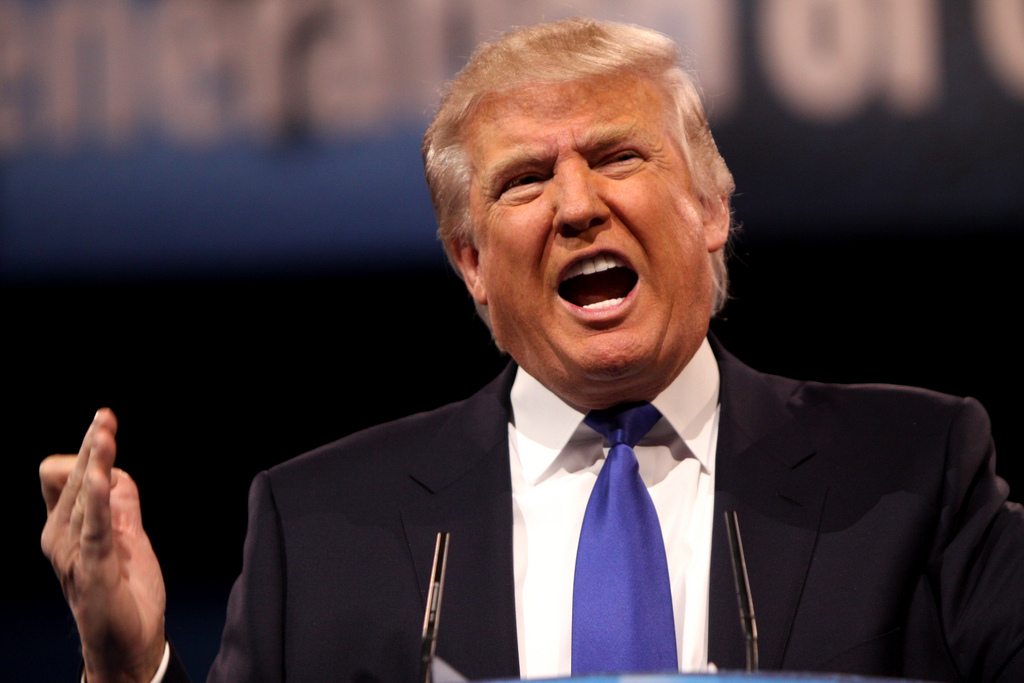
At Thanksgiving, nine family members from three households shared turkey and all the trimmings. Unfortunately, COVID-19 was also on the menu. One of the nine failed to mention their “cold symptoms.” Five days later, others had lost their sense of taste and were running fevers. My wife’s aunt attended the holiday meal. Six days later, unaware of what occurred, she took my mother-in-law for a pre-operative COVID-19 test prior to a heart procedure. So now, our family watches the days tick by to see if a potentially fatal illness will take hold.
Unfortunately, my family was not alone in this event. Millions traveled and congregated in defiance of widely circulated public health appeals. Why do people ignore public health warnings and expose vulnerable friends, family and co-workers to this virus?
The answer, in part, is the parallel pandemic of misinformation. Although our understanding of this novel malady has grown, we continue to see misinformation and ill-informed criticism that undermines public health efforts.
A relatively recent contributor to misinformation is the “Great Barrington Declaration” (GBR), a proposed alternative to mainstream public health measures. The resolution, named after Great Barrington, MA, where it was signed, advocates for “focused protection,” described as encouraging those “at minimal risk to live their lives normally…while better protecting those at highest risk.” GBR advocates opening business establishments as well as arts, music, sports and other cultural activities. It promotes the achievement of herd immunity — the threshold level of immunity in a population that prevents further viral spread — by a combination of natural immunity (infection) and immunization.
Unfortunately for truth-seeking, GBR turns a blind eye to some of public health experts’ most serious concerns. The first issue is GBR’s assumption that high- and low-risk populations can be reliably be segregated. Many low-risk individuals live or work with the elderly and others at high risk. Because those newly infected with COVID-19 become contagious before they become symptomatic, allowing increased transmission of the virus in low-risk populations will inevitably create infections among those at high risk. In addition, not all fatalities occur in those known previously known to be high risk. But GBR never adequately addresses this dilemma.
Although GBR touts herd immunity, it dodges the question of the percentage of the population needed to get there, claiming that it is “impossible to know right now.” In fact, epidemiologists estimate herd immunity for COVID 19 to be about 70% of the population. Ignoring best estimates on herd immunity allows GBR to avoid the frightening implications of that strategy: reaching herd immunity, half by vaccine and half by illness, would lead to an estimated 400,000 more deaths.
The advocacy of GBR and its allies appears rooted in a libertarian approach to public policy. Of course, their concern about the tradeoff between economic and individual well-being versus public safety deserves debate. Public health officials understand that economic shutdowns harm employees who lose jobs and create serious psychological implications on children, adults and teens. I’ve personally seen my patients, colleagues and their families struggle with these very issues. Government officials and their public health advisors must certainly heed their plight when considering such tragic trade-offs.
But opponents of lockdowns should be aware that government has long been empowered with the right and the responsibility to act on such trade-offs when lives are at risk. Although a recent 5-4 Supreme Court decision reinforced the need to treat religious practice, protests and commercial interests even-handedly when creating restrictions, it never questioned the role of government in protecting public safety.
As a doctor who cares for COVID-19 patients, however, my focus is on protecting lives and combatting misinformation. I have daily experience with the victims of the misinformation pandemic. My febrile and coughing patients, like my mother-in-law, can often identify someone that didn’t listen, wasn’t careful and put them at risk. Opponents of lockdowns and masking should turn their eyes to the countless studies, scientific reports and the experience of countries like South Korea and New Zealand that all show how compliance with science-based health advisories can make a difference.
My febrile and coughing patients can often identify someone that wasn’t careful and put them at risk.
The coming weeks will reveal the damage done by the ongoing Thanksgiving surge. Even with improved compliance, the festivities of that day may necessitate more weeks of restrictions and much death and debility. Many, like my mother-in-law, will wait anxiously for the results of their tests and wonder what the next few weeks may bring.
As we stand collectively on threshold of vaccine distribution, we should not allow ignorance nor weariness to sidetrack us. We must understand that in complying with public health directives and in protecting ourselves, we can save the lives of others we may never know, who might succumb down the line in a chain of future infections. The truest celebration of holiday spirit requires doubling down on masking, distancing and the other measures our public health authorities have outlined. With lives on the line, the choices are clear.
Daniel Stone is Regional Medical Director of Cedars-Sinai Valley Network and a practicing internist and geriatrician with Cedars Sinai Medical Group. The views expressed in this column do not necessarily reflect those of Cedars-Sinai.
Related posts:
Views: 0
 RSS Feed
RSS Feed

















 December 26th, 2020
December 26th, 2020  Awake Goy
Awake Goy 



![[WATCH] Buffalo Officer Suspended For Second Time After Violating Social Media Policy](https://www.jewworldorder.org/wp-content/uploads/2017/09/warrior-cop-99.jpg)
 Posted in
Posted in  Tags:
Tags: 
















